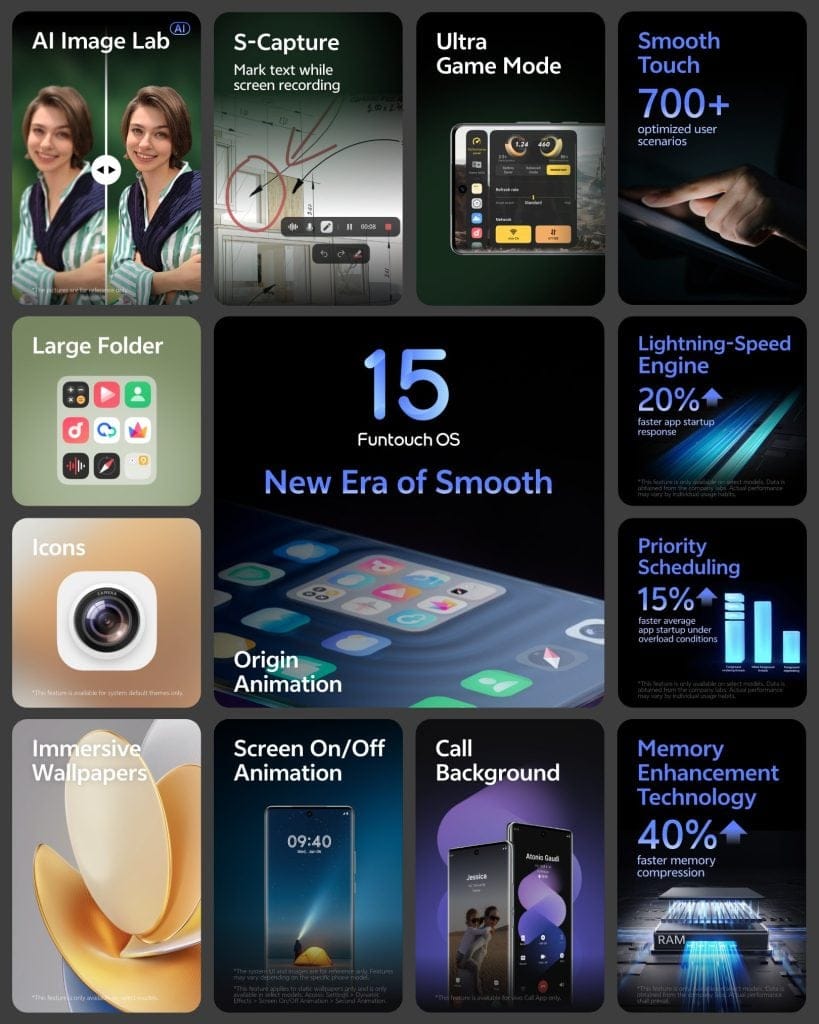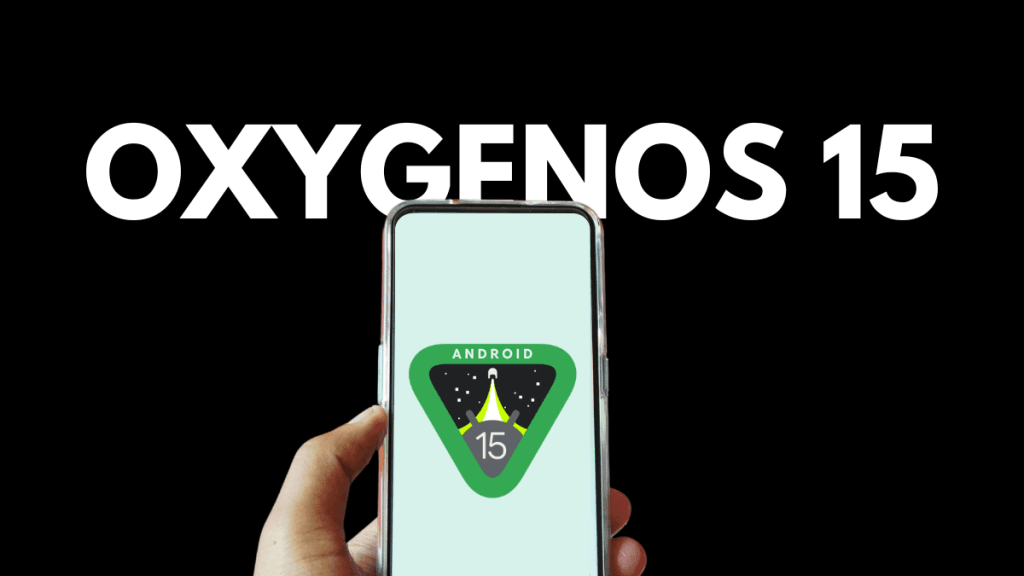OnePlus is set to unveil its latest version of the custom software, OxygenOS 15, soon. The beta program is likely to begin this month or early next month, with a stable version expected to roll out around November. Thanks to various leaks, we already have insights into the new features and changes that OxygenOS 15, based on Android 15, will bring.
What Can You Anticipate in OxygenOS 15?
1. Updated Control Center
Although Android 15 itself doesn’t feature many UI changes, OxygenOS 15 aims to enhance this area significantly. The redesigned control center may take inspiration from iOS and HyperOS. It is rumored to include two large toggles at the top, similar to HyperOS, a 2×2 media player, a 1×2 brightness slider, and a 1×2 volume panel below that. Additionally, numerous 1×1 circular toggles for quick settings are expected.
This control center is designed to be a single scrollable page with customizable options, allowing users to rearrange icons and hide or show specific settings, similar to the capabilities in iOS 18. Users can also easily revert to the previous layout if desired. Furthermore, OxygenOS 15 might separate the control center from the notification area, where swiping down from the right reveals the control center and swiping from the left shows notifications.
2. The Return of the Never Settle Easter Egg
Long-time OnePlus fans may be pleased to see the comeback of the Never Settle easter egg in this update. Users can activate this feature by typing ‘1+’ in the Calculator app and hitting the equals button (‘=’).
3. iOS-Inspired Enhancements
OxygenOS 15 might introduce features reminiscent of iOS, such as a Dynamic Island-like function, which would position new screen details at the center punch hole instead of the left side. The Camera app may also see a return of the Live Photos feature, allowing users to capture short video clips alongside photos, akin to iOS’s offering. Additionally, the volume slider is rumored to be redesigned to mimic iOS, starting large and narrowing upon further presses.
Customizations and Battery Features
4. Lock Screen Personalization
Expect several customization options for the lock screen in OxygenOS 15, potentially including a 3D lock screen. Users may have the ability to change the size, position, color, and font of the lock screen clock, with various presets available.
5. Video Battery Saver
An intriguing new feature named “Video battery saver” has been identified in early Android 15 builds. This feature aims to optimize battery consumption when using specific video applications. While it may extend battery life, it could slightly impact the video-watching experience.
In addition to OnePlus’s enhancements, the upcoming update will incorporate numerous features from Android 15.
New Features from Android 15
6. Satellite Connectivity Support
Android 15 will include satellite connectivity support, allowing users to send text messages without cellular coverage, as long as they have a clear view of the sky. This feature may require special hardware and carrier support, enabling SMS, MMS, and RCS apps to utilize satellite functionality.
7. Theft Detection Lock
One of the standout features introduced in Android 15 is the theft detection lock, designed to safeguard user data and deter device theft. This feature employs Google’s AI to recognize if a phone has been stolen and will lock the device automatically to prevent unauthorized access. Even if a thief performs a factory reset, they won’t be able to activate the device without the original Google account details.
8. Split App Pairs
Another useful addition is the ability to create shortcuts for favorite pairs of split-screen applications, enhancing usability on larger devices.
9. App Archiving
Android 15 will also allow users to uninstall apps while retaining user data, similar to the offloading feature on iPhones. This means there will be no data loss, and users can pick up right where they left off after reinstalling the app. While app archiving is already available via the Google Play Store, Android 15 aims to integrate this feature at the OS level, enabling users to archive or restore apps from any source.
10. AI Innovations
As with every major update, OxygenOS 15 will feature new AI capabilities. While the specifics are still unclear, some enhancements will come from OnePlus’s development, while others will be part of Android 15.
There will likely be many more features and improvements in OxygenOS 15, which we will discover upon its official release.














